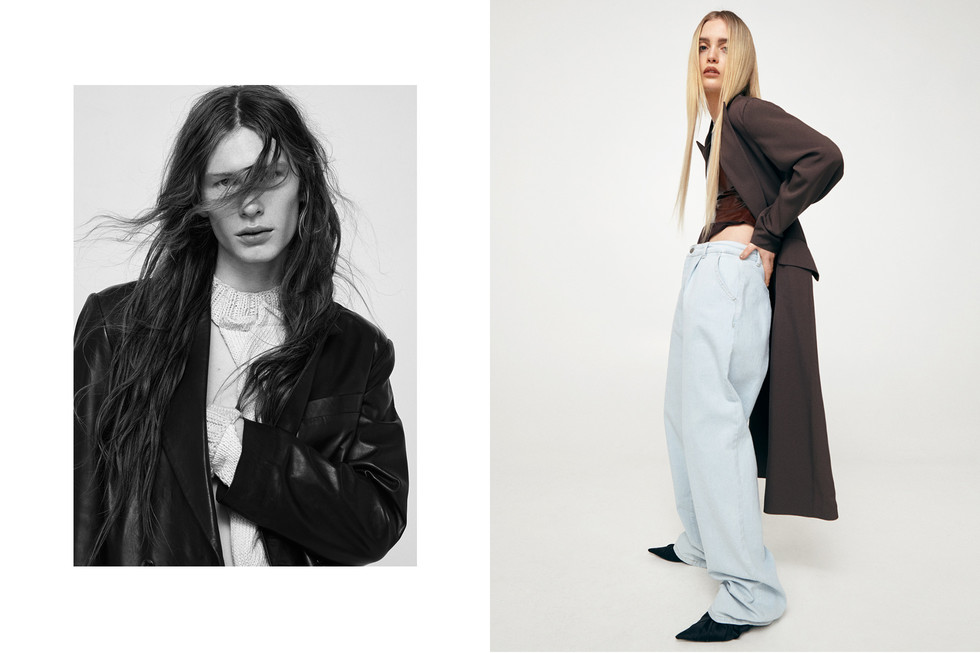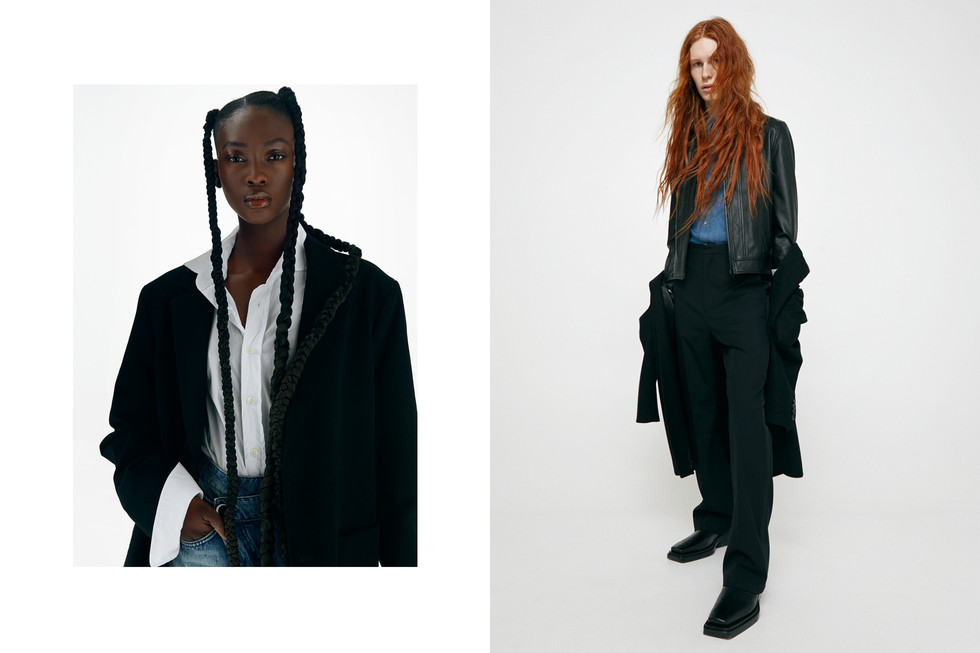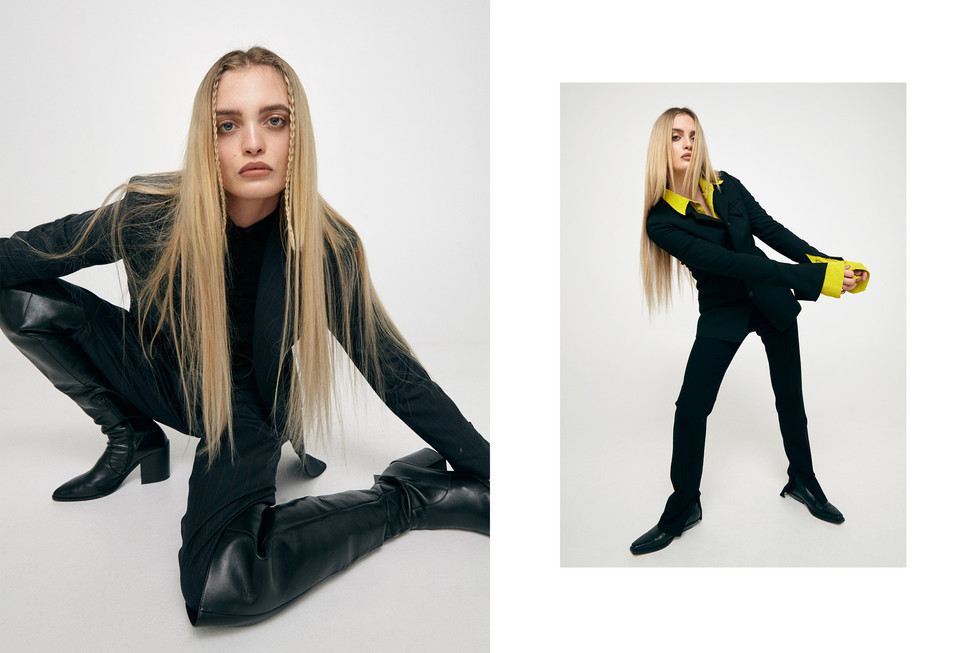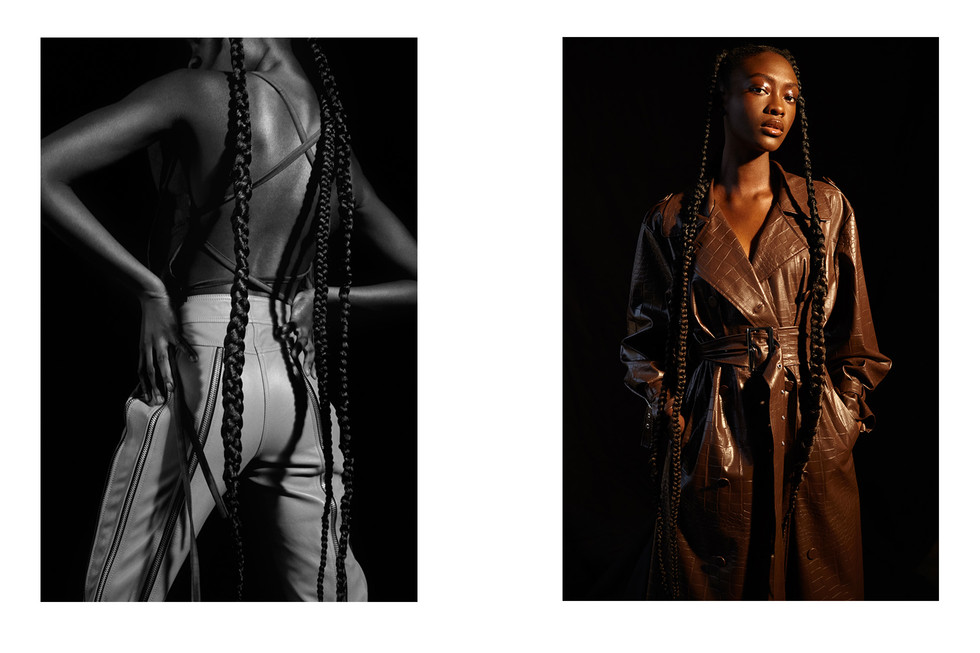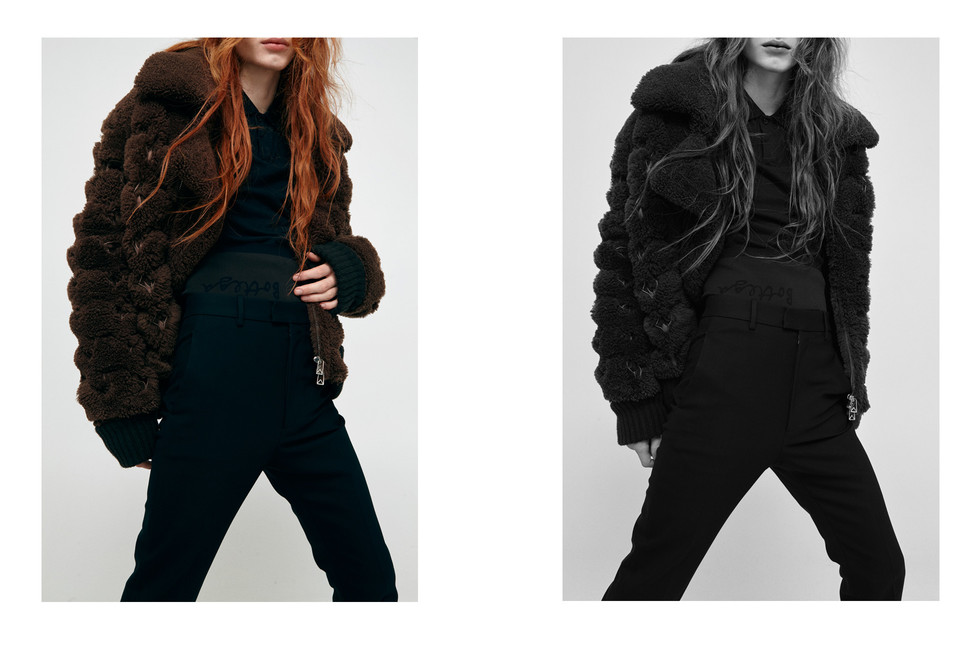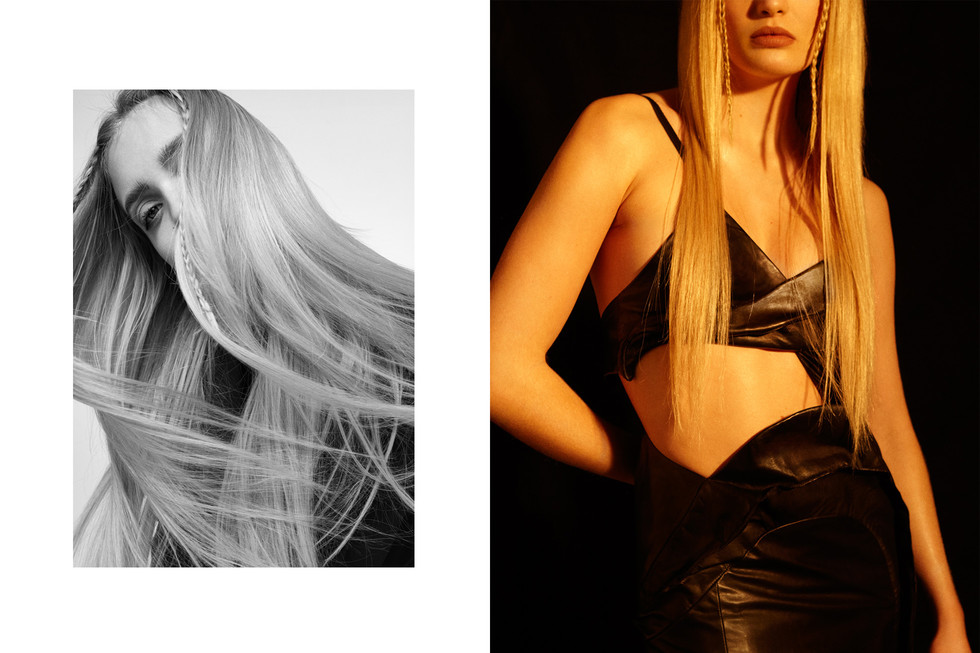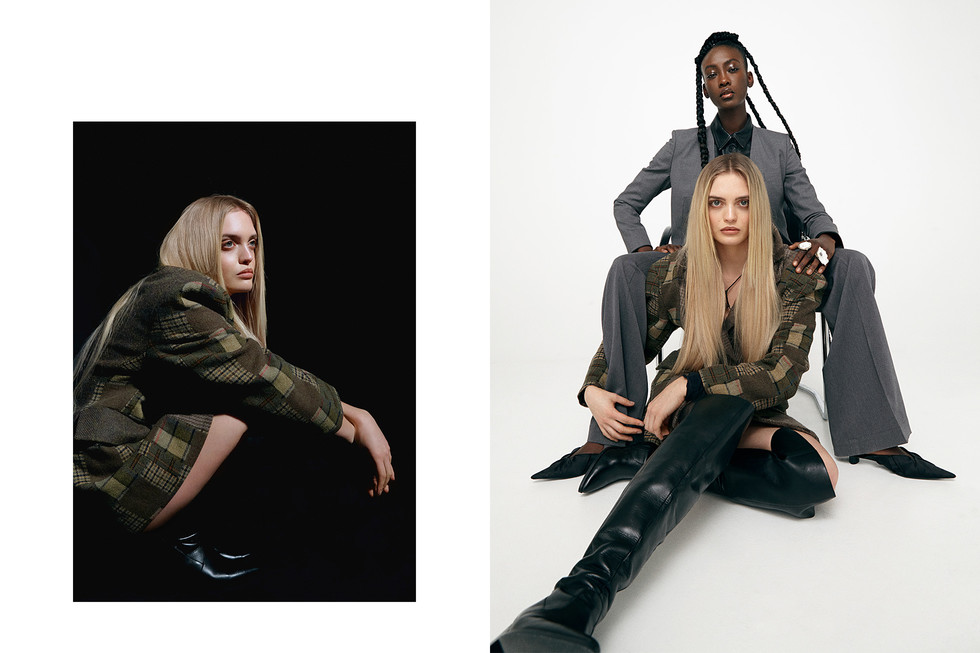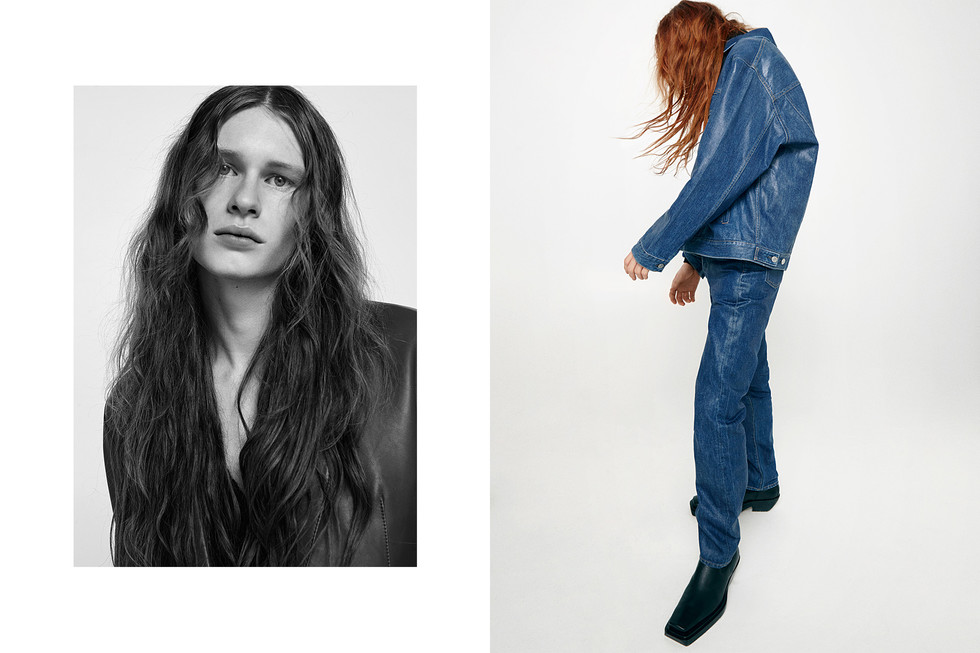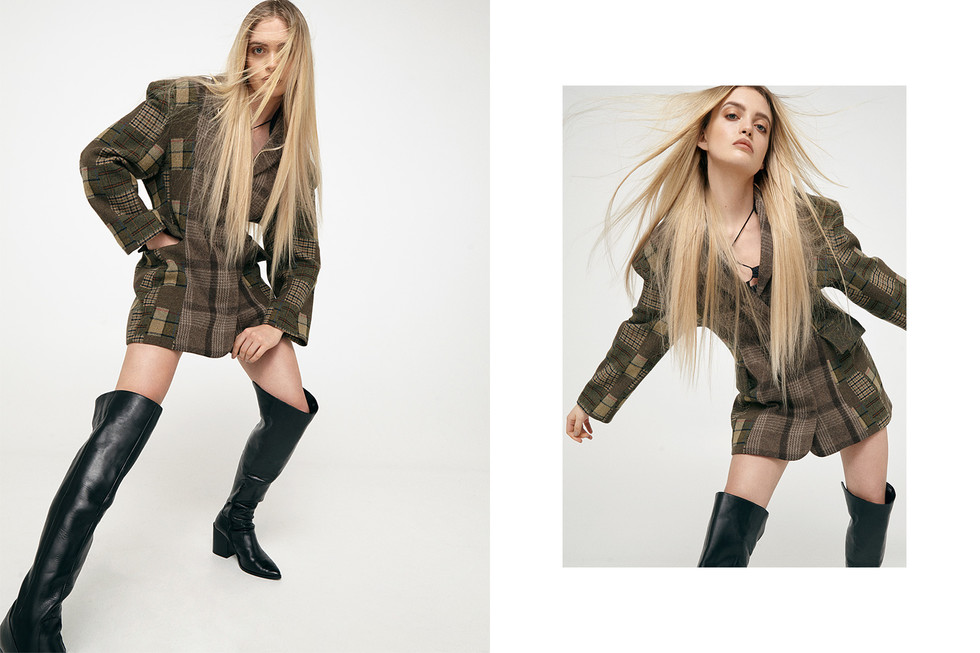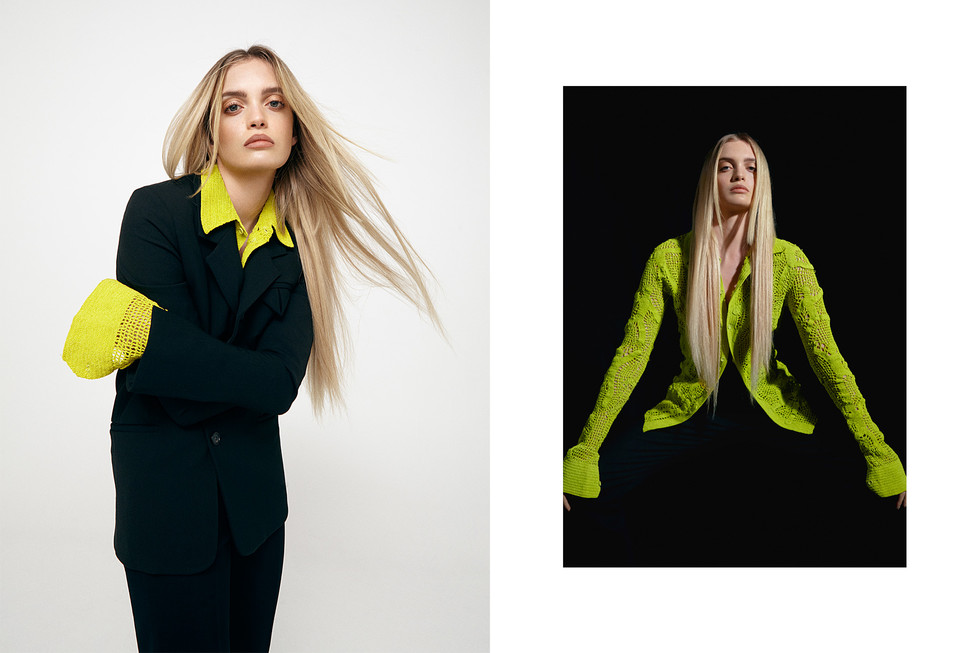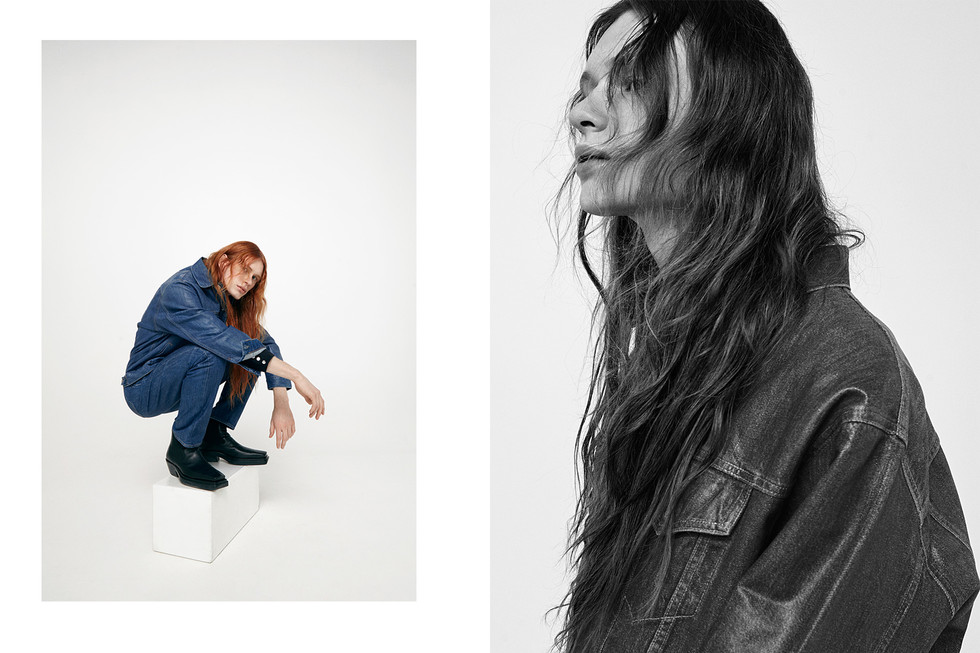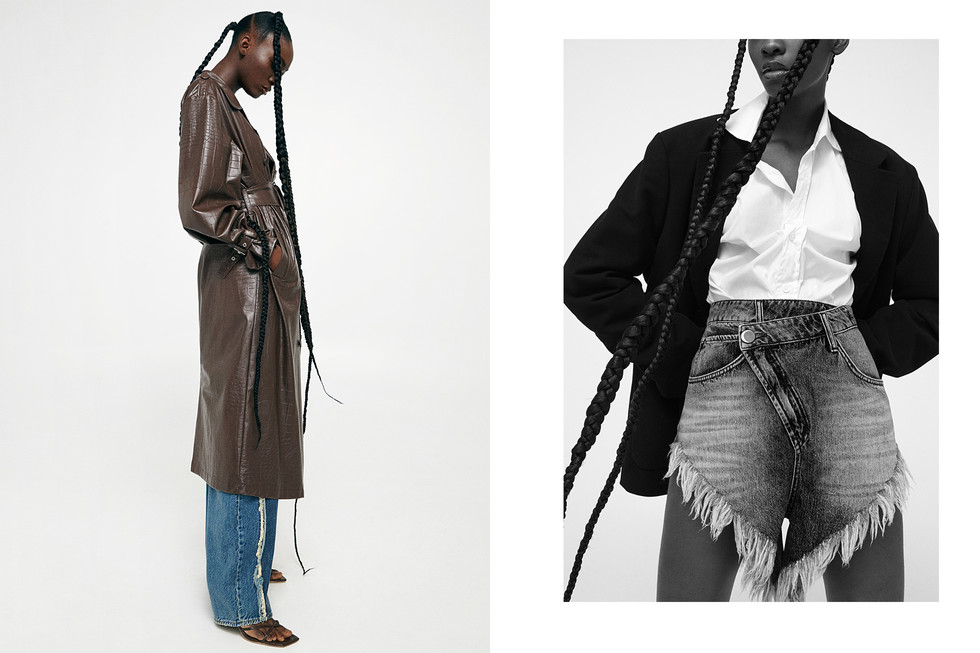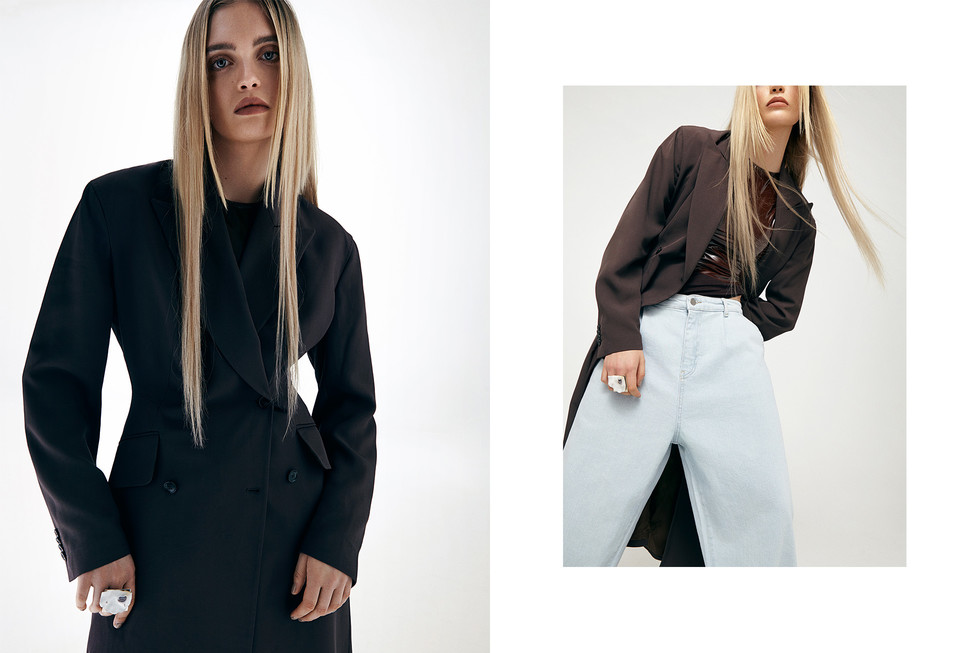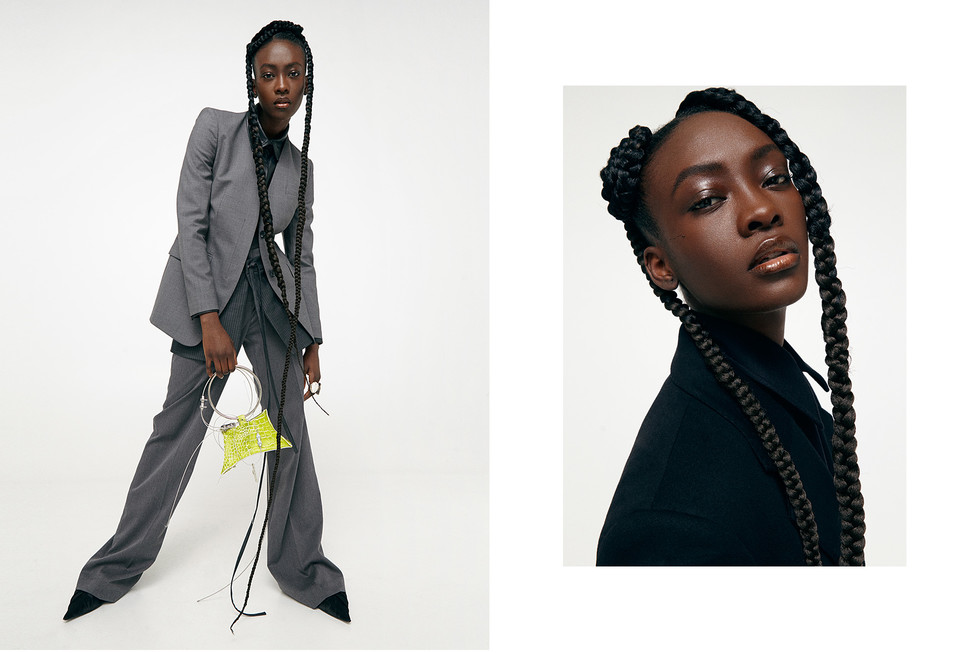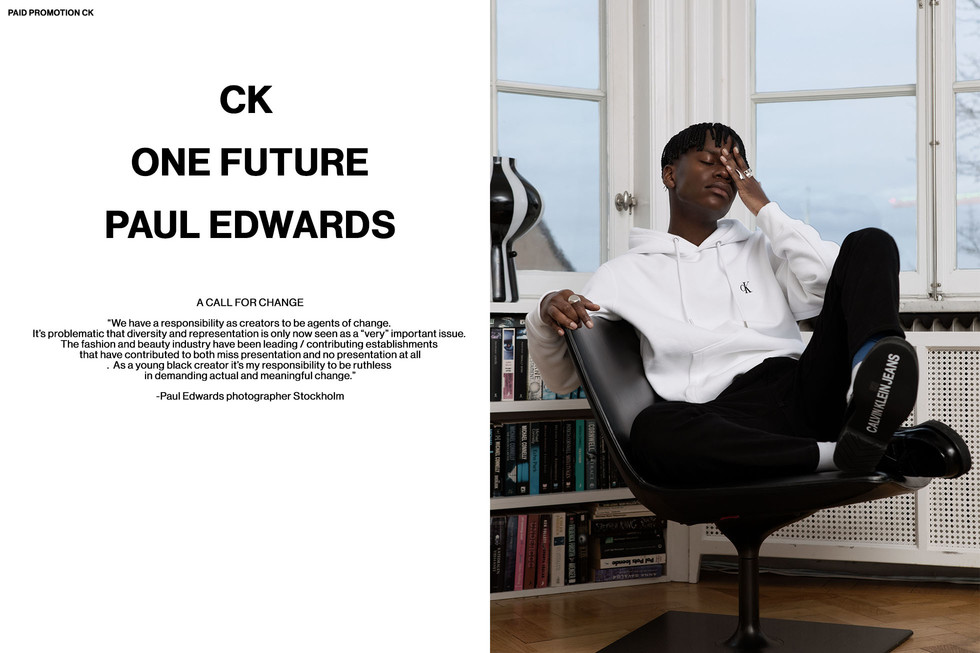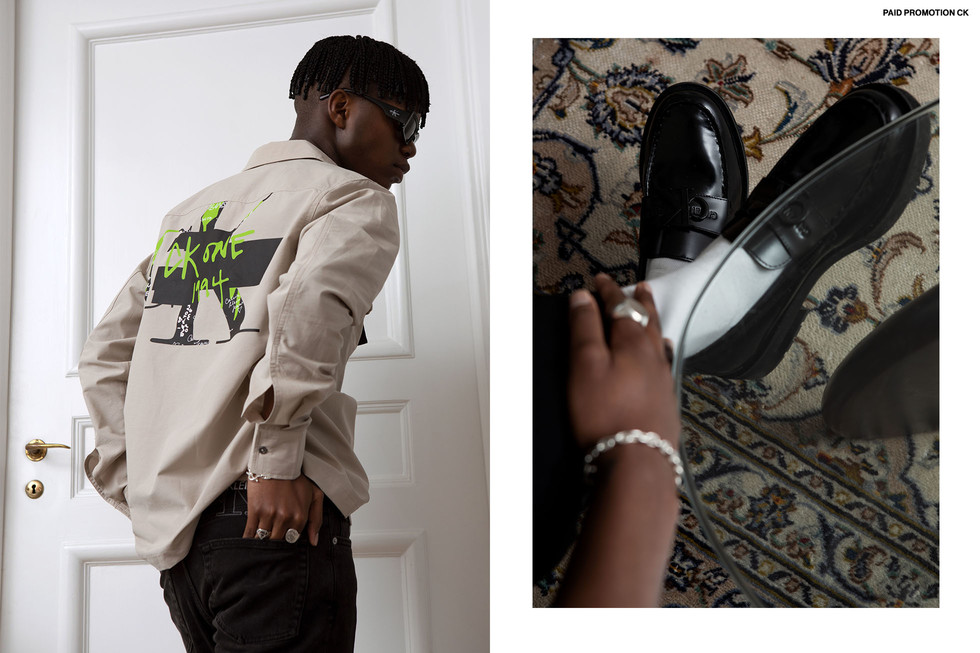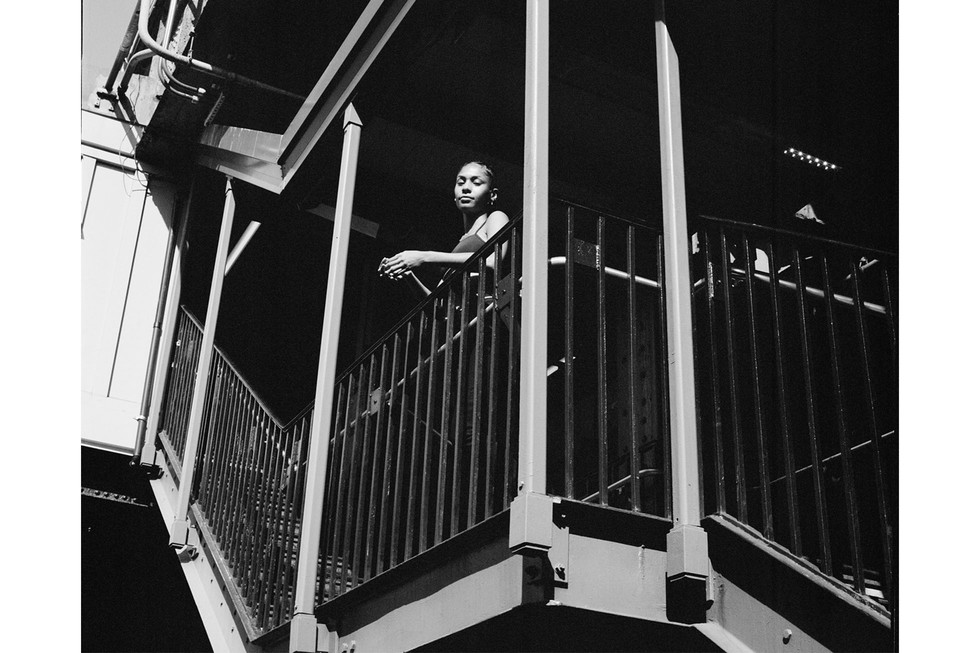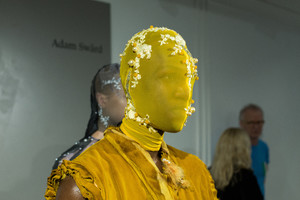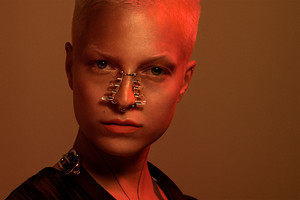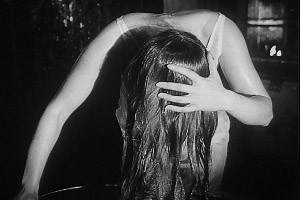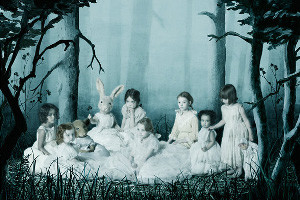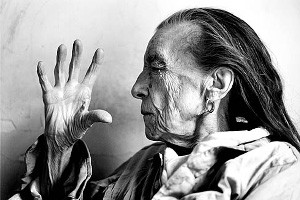photography by MIRANDA BARNES
Can you tell us about your experience meeting photographer, Miranda Barnes? What does mentorship look like to you and why is it so important?
If I had to sum the experience in one word, I would say it was destined. As she entered the room, I noticed a glow that came off her so effortlessly. She introduced herself to me and my classmates. We agreed she was so young and beautiful. We grew an interest in her almost as fast as she grew one in us. She’s a dear friend to me and also perfect listener and advisor. Having people in my life that I can go turn to for help who actually fight to make a change for me is so serious. Miranda is one of the people that took the time to do so. Having a mentor is so vital in young adults’ life because everyone needs someone to look up to. Mentors are people close to you who you trust to help put you on the right path in life. It’s okay to need help or direction when dealing with life situations. We shouldn’t have to go through things alone. I hope that I can use my voice and platform to let people like me know they’re not alone.
What’s your biggest piece of advice for young people that want to stand up for themselves?
To young kids wanting to stand up for themselves, my message is – You are strong. Continue to be strong by using your voice to speak up against things that are unjust to you. Never back down or allow others to treat you poorly. You are worth greatness and good things will always come to those who are great.
How is it to grow up with 10 siblings?
Coming from a big family, I don’t recall it was as bad as it sounds. You imagine it would be chaos, but in all reality, there was one person that calmed it all, Mom. She raised us all to be close to one another, to have each other’s backs no matter what. I miss when we would all gather to eat as a family. It was the part of the day that I actually looked forward to. As we grew up, we all separated but the love is still there. I hope to start my own family eventually and raise my children to be as close as I am with my siblings.
What do you and your friends do in your spare time?
Whenever I’m with friends, there isn’t a minute that goes by when we aren’t being creative, whether we’re having discussions, making music, brainstorming new ways to generate wealth, working on hobbies, or cracking jokes. We might even help an old lady out with directions or carrying groceries.
How do you envision your life in 10 years?
In ten years, I hope to have traveled all over the world and to have modeled for Vogue and other fashion magazines. I also want to give back to children that are less fortunate. Maybe I’ll go to India to start there. Once I’ve spent a little bit of time traveling for this cause, I hope to settle in another country. Somewhere warm.
What do you do to stay in the present moment and not to worry about the future?
Since no one knows what will happen in the future, I try not to stress myself out thinking of possibilities. I work hard and as a result, I get recognition that results in reward, in whatever figurative or literal form that comes in. I keep an open mind preparing for whatever comes my way. I think about every day possibly being my last, which causes me to be a better me than I was yesterday.
Tell us about your experience being a part of Calvin Klein’s one future #ckone campaign
Calvin Klein’s one future #ckone campaign is one that I have grown a strong love for. I never would have thought in my lifetime that I’d be given such a big platform and opportunity to create change. I knew that I wanted to relate a message that targeted the youth. When I was younger, I wish I knew that I wasn’t in it alone sooner. Everyone goes through things but because no one speaks about the hardships they face, others may think that it’s only them who experience challenges. Calvin Klein’s one future #ckone campaign allowed me to use my voice to speak up and let others know that while we are not perfect, we have to be willing to do better.


